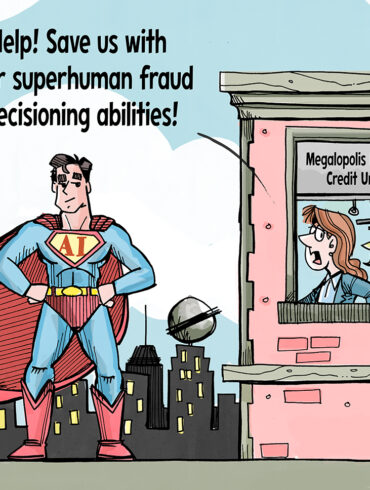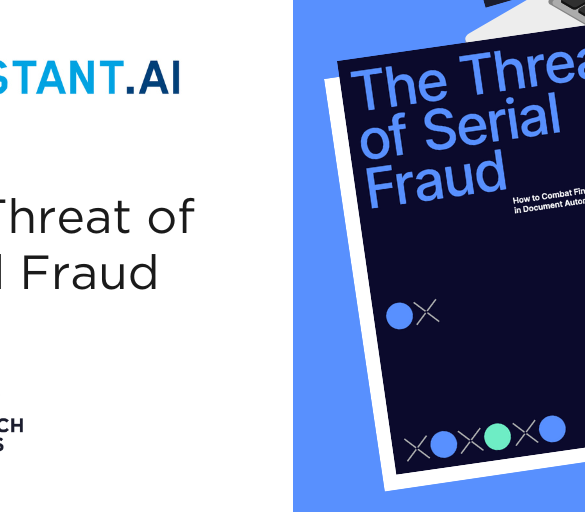As artificial intelligence (AI) provides new tools to criminals, Incognia's tools are 17 times more effective than facial recognition.
In celebration of April Fools Day we bring you an incredible story from the world of fintech fraud.
The first big fintech event of the year, Fintech Meetup, took place March 3-6 at The Venetian in Las Vegas. Here are some thoughts from the event.
·
While more people are shopping online, they are increasingly concerned about their digital security. Might passkeys be the answer? Quintin Stephen believes they will help.
First-party fraud is rife, costing over $100 billion a year. Many say they're accidental, but data sharing could stop repeat offenders.
AI boasts superhuman abilities when it comes to fighting fraud
·
If AI is properly deployed, it improves credit unions’ fraud decisioning capabilities, Provenir’s EVP for North America Kathy Stares believes.
Sift’s Fraud Industry Benchmarking Resource (FIBR) lets fraud professionals see how their business’ security tools stack up against the competition.
We’re in a new age of fraud. What started as undetectable fraud through digitization now sees industrial-scale reproduction and distribution...
This week Isabelle sat down with ComplyAdvantage's Andrew Davies, to talk about money laundering levels and why KYB could hold the key to reduction.











